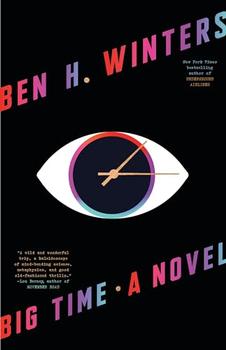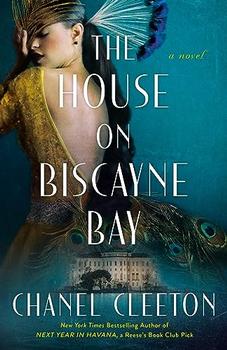Summary | Excerpt | Reading Guide | Reviews | Beyond the Book | Read-Alikes | Genres & Themes | Author Bio

Critics' Opinion:
Readers' Opinion:
First Published:
Oct 2007, 256 pages
Paperback:
Jun 2008, 256 pages
 Book Reviewed by:
Book Reviewed by:
Amy Reading
Buy This Book
This article relates to The Vanishing Act of Esme Lennox
Filed under People, Eras & Events
![]() This "beyond the book article" relates to The Vanishing Act of Esme Lennox. It originally ran in October 2007 and has been updated for the
June 2008 paperback edition.
Go to magazine.
This "beyond the book article" relates to The Vanishing Act of Esme Lennox. It originally ran in October 2007 and has been updated for the
June 2008 paperback edition.
Go to magazine.





The Flower Sisters
by Michelle Collins Anderson
From the new Fannie Flagg of the Ozarks, a richly-woven story of family, forgiveness, and reinvention.

The House on Biscayne Bay
by Chanel Cleeton
As death stalks a gothic mansion in Miami, the lives of two women intertwine as the past and present collide.

The Funeral Cryer by Wenyan Lu
Debut novelist Wenyan Lu brings us this witty yet profound story about one woman's midlife reawakening in contemporary rural China.
Your guide toexceptional books
BookBrowse seeks out and recommends the best in contemporary fiction and nonfiction—books that not only engage and entertain but also deepen our understanding of ourselves and the world around us.